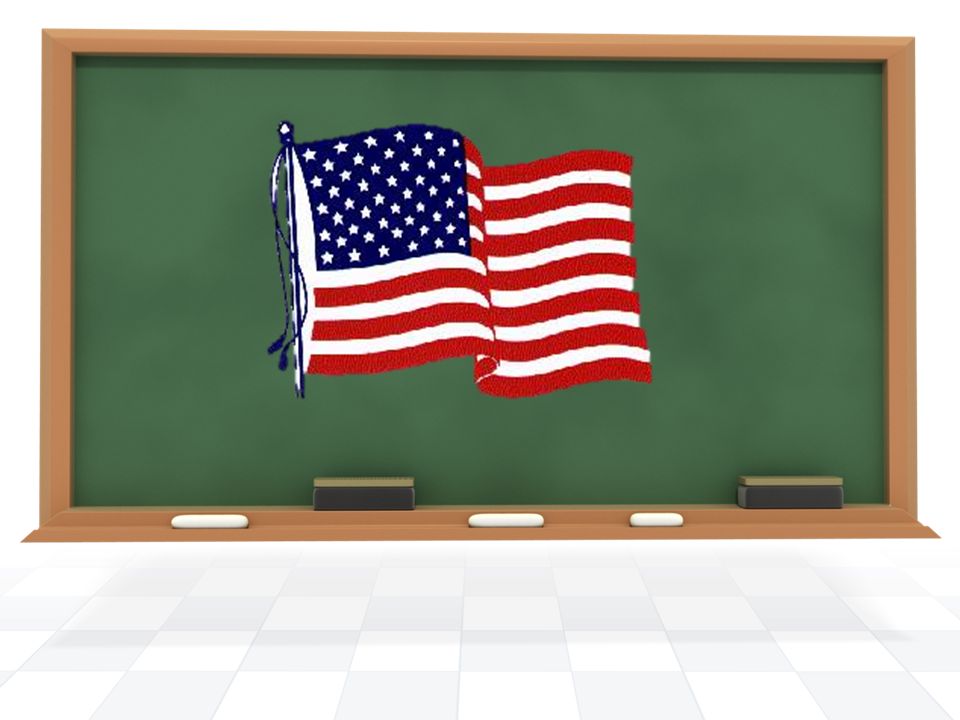The United States has a diverse education system that encompasses early childhood education, elementary and secondary education, and higher education. Education is considered a fundamental right and an essential part of American society, as it provides opportunities for personal and professional growth. The education system in the United States is vast and complex, with various types of institutions, programs, and curricula that cater to the diverse needs of students. This article aims to provide an overview of the education system in the United States, highlighting its structure, challenges, and controversies.
Early Childhood Education
Early childhood education refers to the education of young children, typically from birth to age five. This stage of education is crucial, as it provides the foundation for future learning and development. In the United States, there are various types of early childhood education programs, including daycare centers, preschools, and Head Start programs. These programs are designed to support children’s cognitive, social, and emotional development, and to prepare them for elementary school.
Elementary and Secondary Education
Elementary and secondary education is mandatory for all children in the United States and is typically provided by public schools. The structure of elementary and secondary education varies by state, but it generally consists of a K-12 system, with students attending kindergarten through 12th grade. Public schools are funded by state and local governments and are free for all students. Private schools also offer elementary and secondary education, but they charge tuition and are not required to follow state standards.
The curriculum in public schools is set by state and local education boards and includes core subjects such as math, science, social studies, and language arts. Students are also required to take standardized tests to measure their academic progress. While the education system in the United States has made significant progress in recent years, there are still challenges that it faces, including inadequate funding, overcrowding, and achievement gaps between different groups of students.
Higher Education
Higher education in the United States includes colleges, universities, and vocational schools that provide education beyond the secondary level. Higher education institutions in the United States are diverse and cater to a range of interests and career goals. Students typically attend higher education institutions after completing high school, and the admissions process is competitive and requires students to meet specific academic requirements.
There are two types of higher education institutions in the United States: public and private. Public universities are funded by state governments and are generally more affordable than private universities, which are funded by tuition and private donations. Financial aid is available to help students pay for college, and students can apply for scholarships, grants, and student loans to cover the cost of tuition and living expenses.
Challenges and Controversies
Despite the many benefits of the education system in the United States, there are still challenges and controversies that it faces. One of the primary challenges is funding disparities, which result in inadequate resources and support for schools in low-income areas. Additionally, standardized testing has been a source of controversy, as some argue that it places undue pressure on students and teachers and does not accurately measure student progress.
Another controversial issue in the education system is school choice and vouchers. Supporters of school choice argue that it gives parents and students the freedom to choose the school that best meets their needs, while opponents argue that it undermines public education and can exacerbate existing inequalities. Access and affordability of higher education is another challenge, as rising tuition costs have made it difficult for many students to attend college.
Conclusion
The education system in the United States is a vital part of American society, providing opportunities for personal and professional growth. However, there are still challenges and controversies that need to be addressed to ensure that all students have access to quality education. By acknowledging these challenges and working to address them, the education system in the United States can continue to provide opportunities for future generations.





